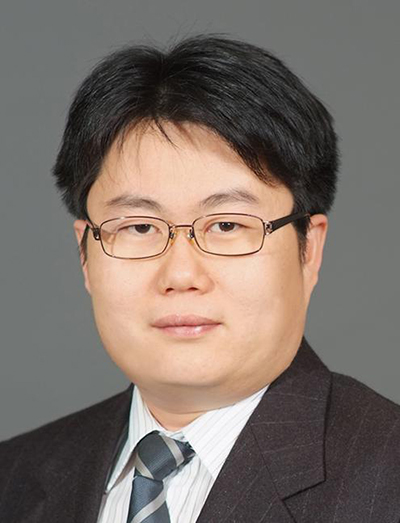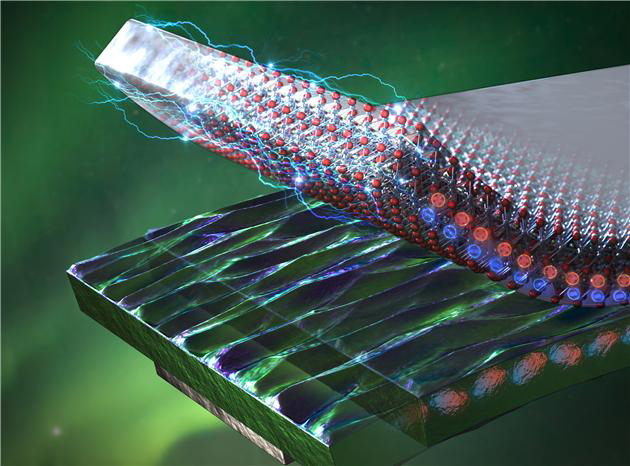Using Magnetic Energy from the Air Without Batteries... ‘Can be Applied in IoT’ N
No.89054- Writer pr
- Date : 2018.04.19 10:58
- Views : 8294
Succeeded in developing independent power technology for IoT wireless sensors that do not need batteries
[April 5, 2018]

According to the Ministry of Science and ICT on the 5th, the research results of Professor Ryu Jung-ho (photo, left) of YU, et al were placed on the cover of the April issue of the academic journal, ‘Energy & Environmental Science’.
This research took advantage of the fact that because magnetic fields are created in conductors that have electric currents, electromagnetic noises are always generated in power lines or near electronic devices.
The research team developed the technology to turn everyday magnetic field changes into electric energy by combining the magnetostriction material gallium-iron alloys and ‘piezo-electric materials’.
Magnetostriction materials cause transformations due to changes in the magnetic field or changes the magnetoelectric features by applying pressure. Piezo-electric materials create voltage when pressure is applied or causes transformations when voltage is applied.
The researchers used the principle that the properties of magnetostriction and piezo-electric material crystals change depending on the direction of its alignment to produce two materials with directions that change the most sensitively to electromagnetic fields, and the two materials were combined to design materials that maximized energy conversion efficiency.

<Conceptual diagram of energy conversion elements used as the illustration for the cover of the April issue of the academic journal ‘Energy & Environmental Science’. This element that YU Professor Ryu Jung-ho, et al developed combines the magnetostriction metal material (bottom) that causes transformations due to magnetic fields and ‘piezo-electric materials (top) that generate electric energy through transformation to convert everyday magnetic field noises into electric energy. April 5, 2018 [Source: Ministry of Science and ICT]>
Through this, the researchers succeeded in generating DC power exceeding mW (milliwatt) that is the amount needed for constant operation of IoT remote sensors without batteries.
Global Frontier Hybrid Interface Materials Director Kim Gwang-ho and Professor Ryu Jung-ho procured patent rights for the relevant technologies in Korea, USA, Europe, Japan and China.
Professor Ryu emphasized, “We have reached a level to semi-permanently operate remote sensor networks, which required batteries until now, without batteries, so we expect that it will be used in wide ranges as an independent power source for wireless sensor networks for the future 4th industrial revolution.”
In particular, it is expected that for wireless sensor IoT networks that diagnose the structural integrity of high voltage power sensors including power transmission, hydroelectricity and distribution, independent power sources based on this technology can be applied immediately. The MSIT estimates that a market worth about 350 billion won will be created. This technology can also be used for real-time diagnosis of transportation devices, smart buildings and power infrastructure.
This research was conducted with the support of the Creative Convergence Research Project and the Materials Research Center Project centering on the MIST Global Frontier Project.